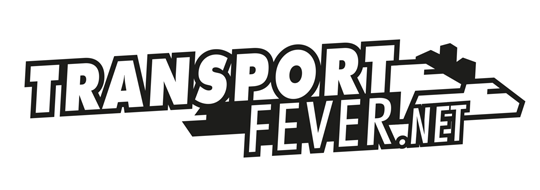I am getting closer, but not "there" yet.
[Blockierte Grafik: http://puu.sh/nunbg/2551f5359b.jpg]
In the front .grp I have the front bogie, but not the rear bogie, as that's coming from the carriage behind it.
In the .mdl file for the front, I have only one child which loads the front .grp (the main model itself, doors and front bogie)
Looking at the TF-ID viewer the bogie.msh of the front bogie is ID 12. Thus the following code.
-11.4 is the position the bogie would've had if I had placed a bogie.grp there (which would've overlapped the other bogie from the second carriage)
configs = {
{ axles = {
"vehicle/train/flirt/flirt_wheels.msh", },
fakeBogies = {
{ group = 1, position = 0, offset = 0 },
{ group = 12, position = -11.4, offset = 0.0 },
},
}
},It looks like it's getting the rotation from the front bogie only. No matter what I type in the group with ID 12, nothing changes in how the front rotates.
I admit this isn't my strongest point of modding. ![]()


